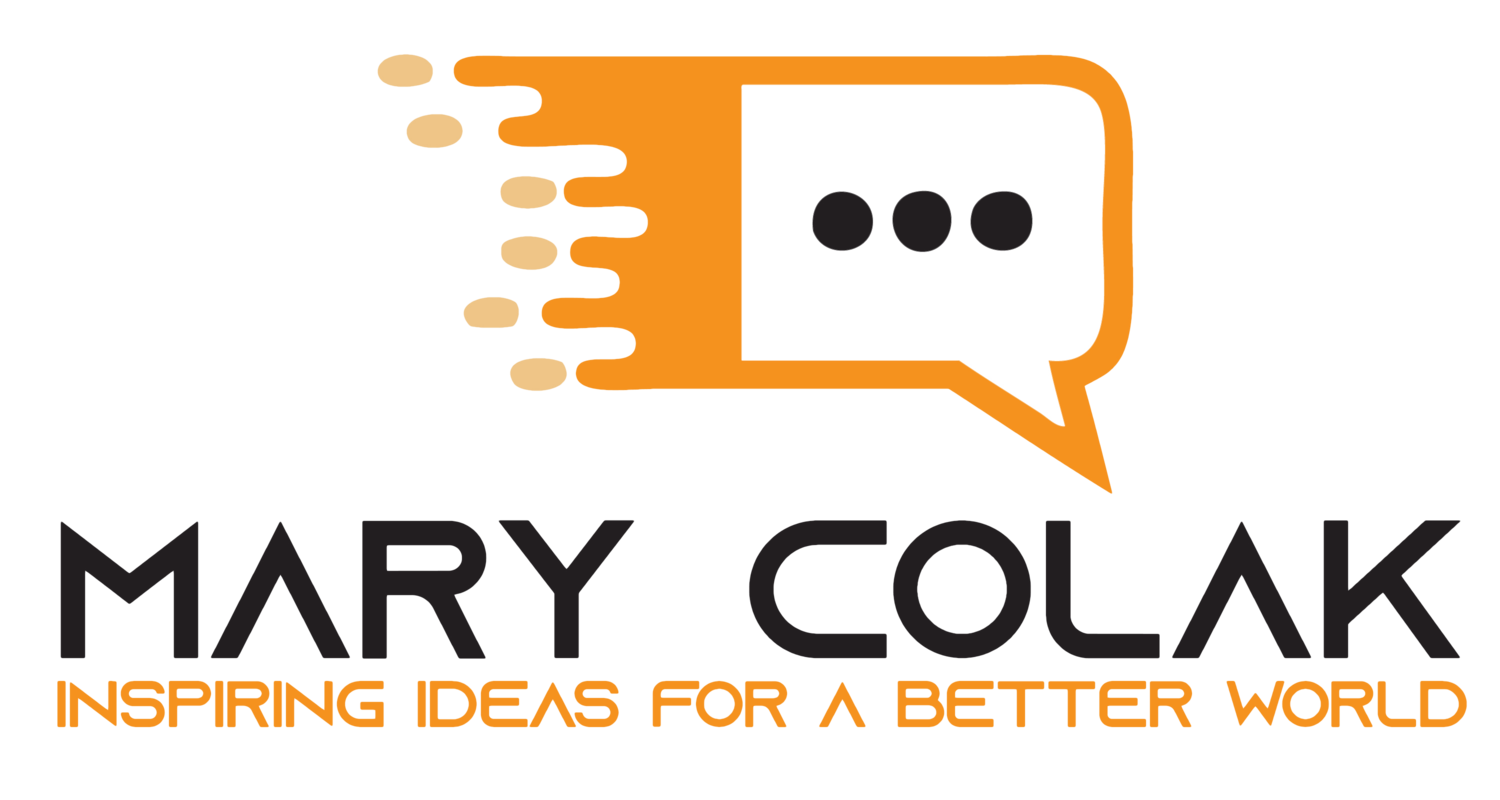Efficiency is in the Toolkit
Social media, instant messaging, and other similar information sharing mechanisms all contribute to an ever-increasing overload of demands for more-better-faster. This information overload isn’t going away; it will only increase. While tools help us navigate the ever-increasing complexity of our work, organizations need to catch up.
Organizations, be it public or private enterprises, typically implement infrastructures, tools, and processes that make it easier for the organization, but not necessarily easy for the individual. This is because most organizations don’t think down to the level of the individual doing the work.
In fairness, many of the productivity tools in older, well established companies worked well when they were first established many years ago. However, to sustain and improve productivity, organizations need to re-examine the tasks required to complete a job and then work backwards from there to determine what tools would be the most efficient.
Here are six considerations (source: Simplicity by Bill Jensen) for improving your employees’ productivity in a technologically fast-paced work environment.
Clarity. Be clear when sharing information with your staff. Clearly communicating what needs to be done allows employees to work smarter and faster. This creates efficiency and productivity in the workplace.
Navigation. Employees must be able to quickly navigate and find whatever it is that they need to complete their tasks. When information is easy to find, efficiency and productivity are increased.
Basics. Being able to get the right information in the right way and in the right amount is a basic tenet of efficiency. If basics are not available in your organization, time is wasted.
Usability. Ensure that “corporate-built stuff” is easy to use. Sometimes “out of the box” products far outweigh the time and effort that organizations spend to custom build. For instance, if it’s taking seven hours to print a report or fifteen minutes to load a program, it’s not usable!
Speed. Products, tools, information – basically anything used by employees to do their job has to be fast enough for them to do their job efficiently. If speed is slow, time is wasted and so are efficiency and productivity.
Time. Employers must be respectful of their employees’ time and use it wisely and effectively. Don’t waste your employees’ time and they won’t waste yours.
Ideally, organizations should examine management tools (e.g., strategic plans), work tools (e.g., software), and collaboration and learning tools (e.g., company intranet) from the employee’s perspective. Do your employees understand the organization’s strategic plan or budgeting and reporting documents? Are databases and laptops enabling or hindering work productivity? Is your intranet an easy-to-navigate learning tool?
These and other considerations, when perfected, will do more to earn your employees’ respect than any monetary rewards. Change your working environment to include a holistic view of each employee’s needs to help them do their best. When you do, your organization’s productivity is improved and so are its profits.

